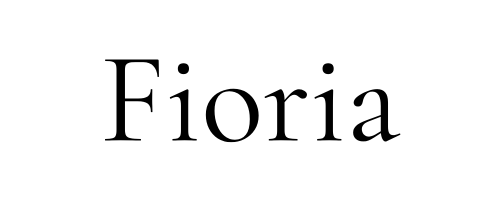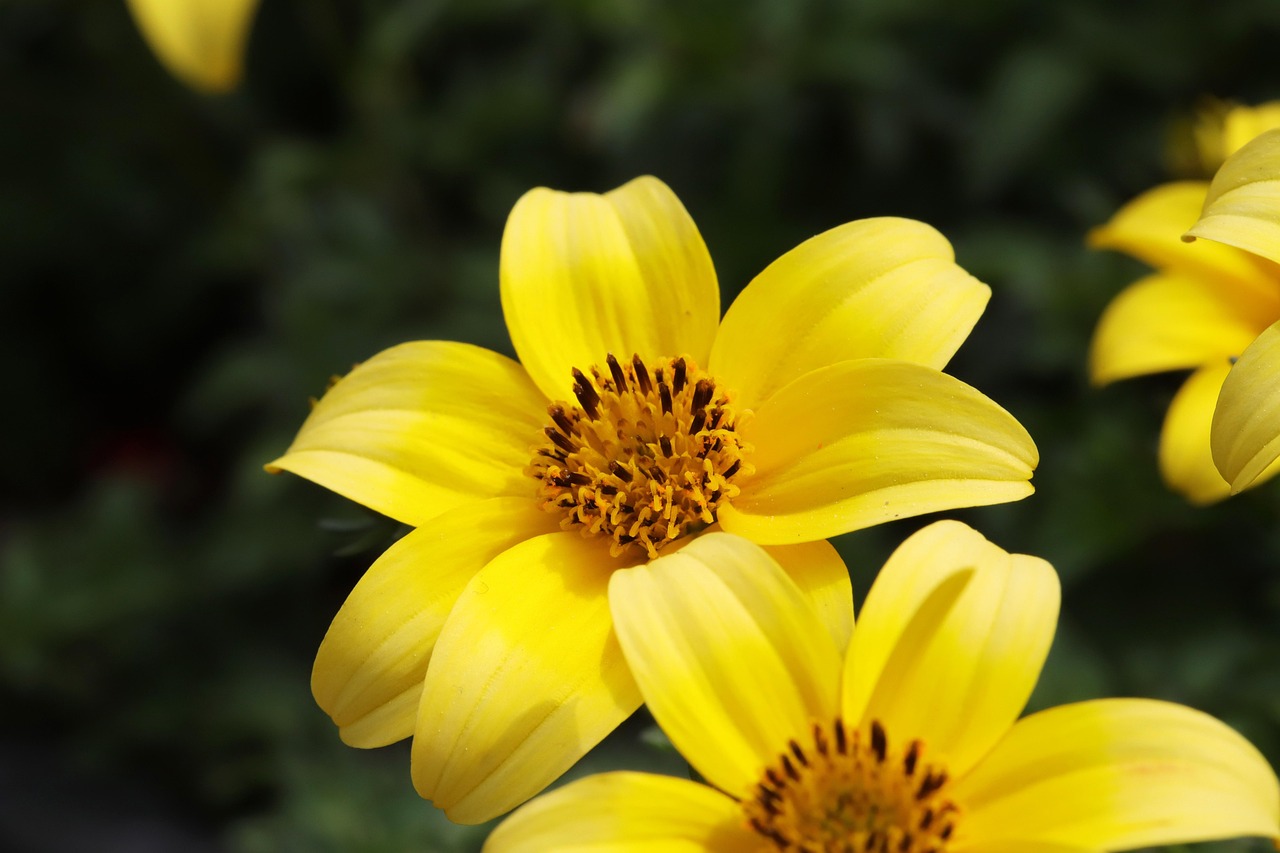Ageratum: Features and Care

Ageratum is a charming flower with clusters of vivid blue-purple or soft pink blooms. Known for its long flowering season, it’s popular in gardens, flower beds, and pots.
This article provides detailed information about Ageratum’s basic features, cultural background, and gardening tips.
Basic Information
- Scientific name: Ageratum houstonianum
- Family: Asteraceae
- Origin: Central America, particularly Mexico
- Appearance: Ageratum features fluffy, small, round flowers that come in shades of blue-purple, pink, and white. It has a low-growing habit, typically reaching 10–50 cm, making it ideal as ground cover or edging for flower beds.
- Blooming season: Ageratum flowers from spring through fall (April to October), offering a long season of color.
Cultural Significance Around the World

Ageratum is especially popular as an ornamental plant in North America, where it is commonly found in parks and gardens. Its flower language includes “trust” and “stability,” attributed to its durable and enduring qualities. The blue-purple color also complements other flowers, making it a favorite for gardeners creating mixed plantings or accents in flower beds.
In some countries, Ageratum is called “Floss Flower,” a name inspired by its delicate, fluffy appearance. Ageratum is especially common in summer gardens and parks due to its bright colors that remain vibrant for extended periods.
Historical Episodes
The scientific name “Ageratum” comes from the Greek word meaning “ageless,” reflecting its long-lasting blooms that don’t easily fade. It became a popular ornamental plant in the 19th century, with blue-purple varieties being especially loved.
Ageratum is also suitable as a cut flower, often used in floral arrangements for its bright color and longevity. Today, various cultivars have been developed, allowing a range of colors beyond just blue-purple.
Gardening Advice
Ageratum thrives in sunny spots but can also grow in partial shade. It prefers well-draining soil and benefits from a thorough watering whenever the soil becomes dry. Good air circulation is also important to prevent pests and diseases.
For fertilizing, apply a slow-release fertilizer when planting and add a monthly feed during the growing season to encourage flowering. Regular deadheading of spent blooms encourages continuous flowering throughout the season.
Conclusion

Ageratum is a beautiful, easy-to-grow flower that adds vibrant blue-purple hues to any garden or flower bed. Its long blooming season and easy care make it an excellent choice for beginner gardeners.
Consider adding Ageratum to your garden to enjoy its delightful colors throughout the growing season.




